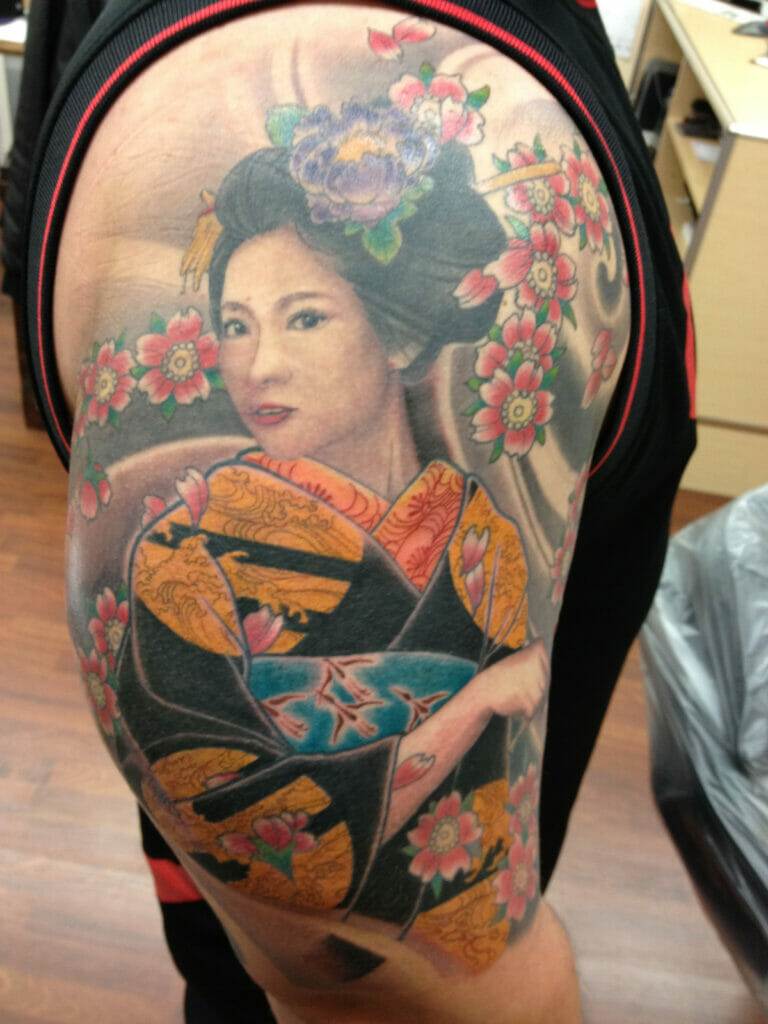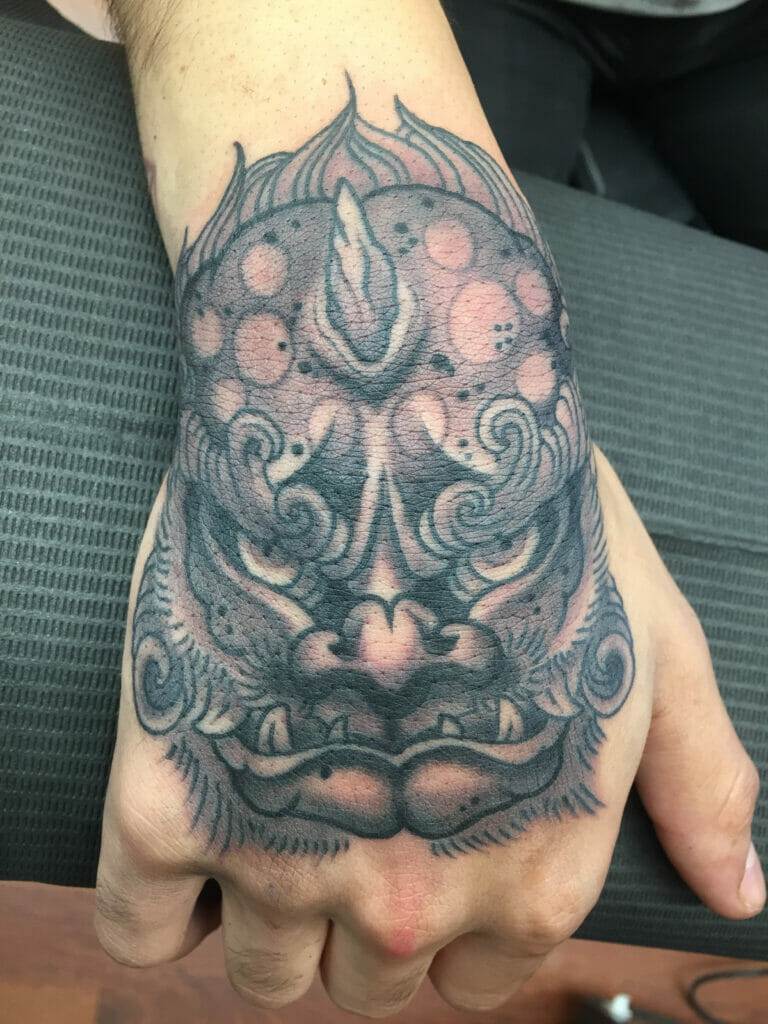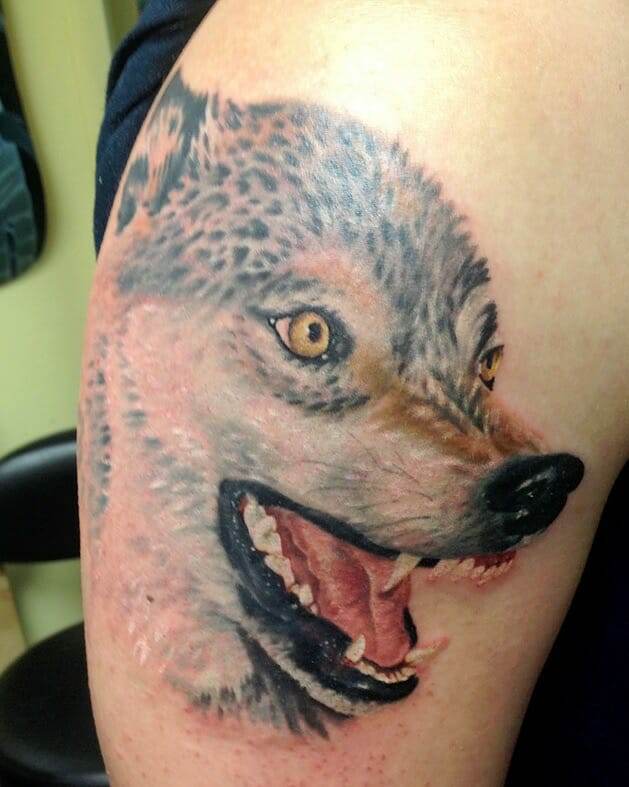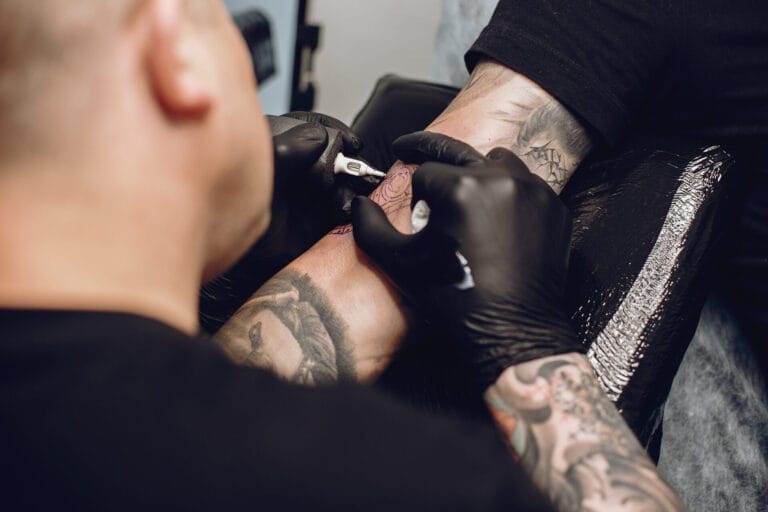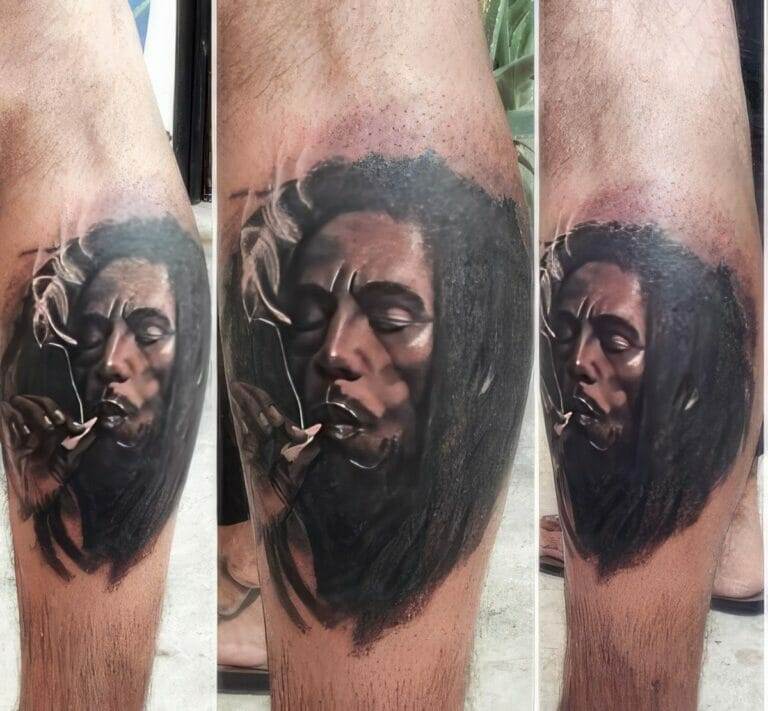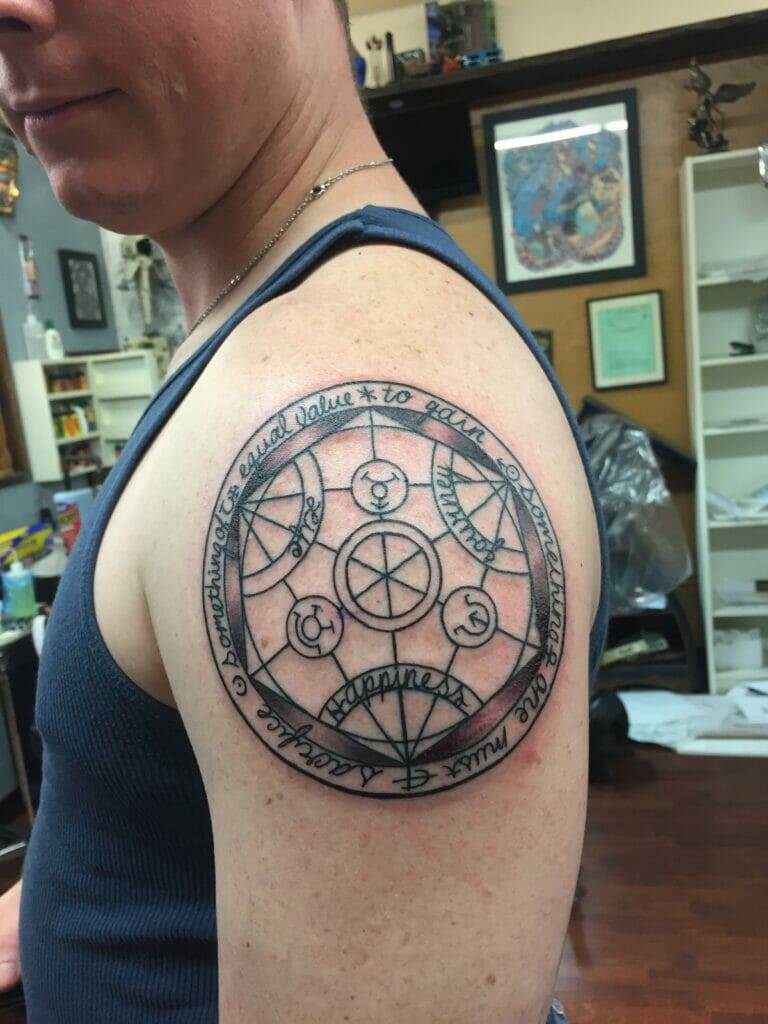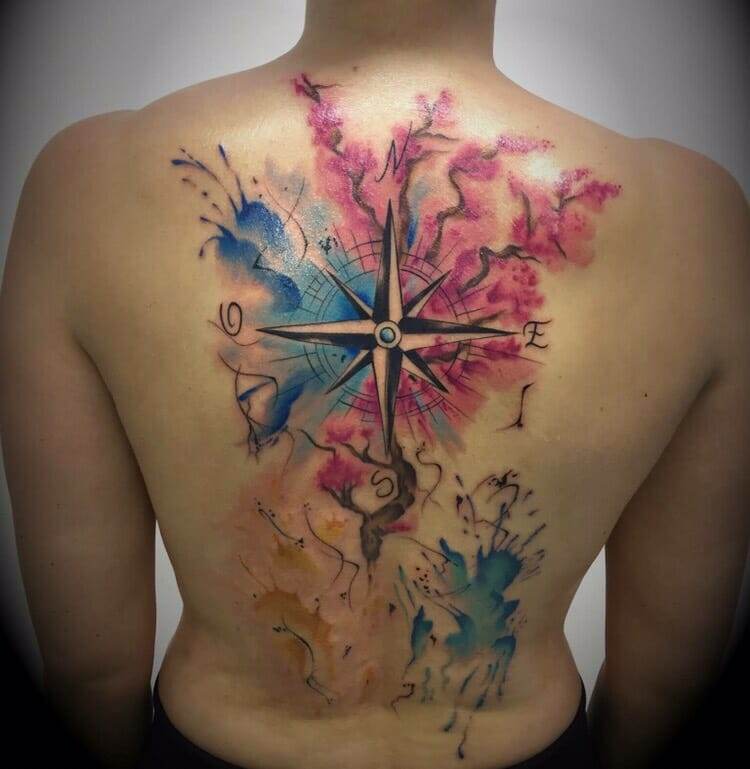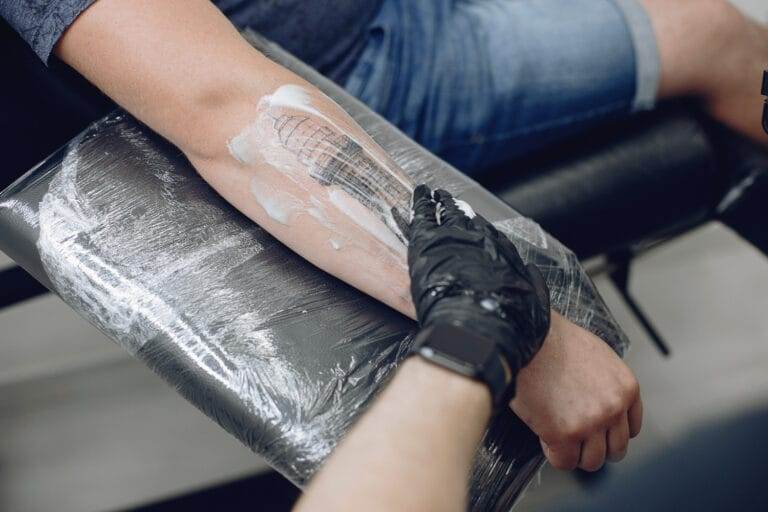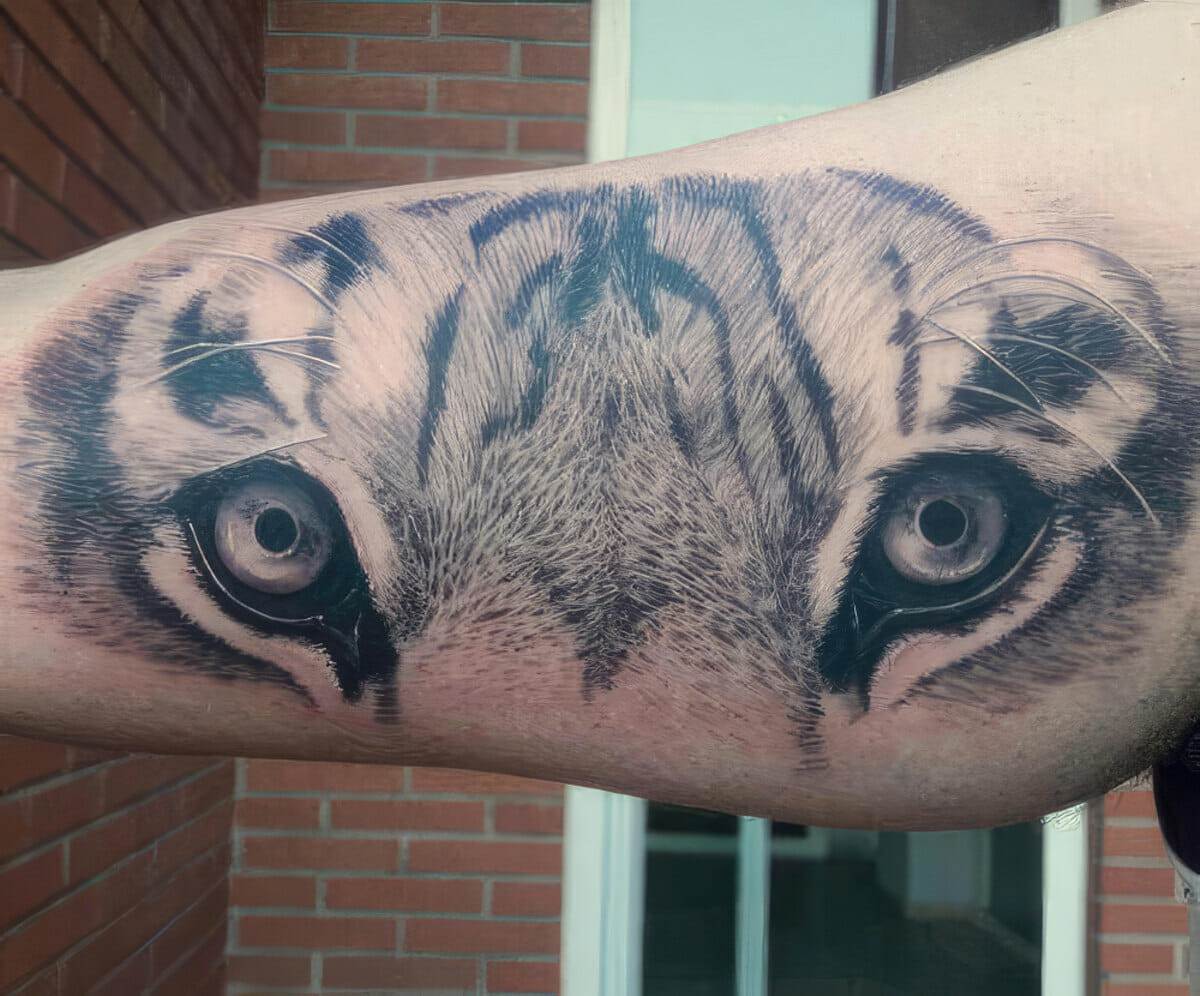
What is Hyperrealism Tattooing?
Defining Hyperrealism Tattooing
Hyperrealism tattooing is a form of body art that aims to create incredibly lifelike tattoos. Taking inspiration from photography and other art forms, hyperrealism tattoo artists strive to achieve a level of detail and realism that is almost indistinguishable from a photograph. These tattoos often depict portraits, animals, or objects and are created using a combination of shading, shadowing, and highlighting techniques. Hyperrealism tattoos require a skilled and experienced artist who can accurately replicate textures, reflections, and proportions.
Characteristics of Hyperrealism Tattoos
1. Detail and Accuracy: Hyperrealism tattoos are known for their intricate details and high level of accuracy. Every tiny feature, from wrinkles and pores on skin to individual strands of hair, is meticulously reproduced.
- Realistic Colors and Shading: Hyperrealism tattoos are done using a wide range of colors and shading techniques to create depth and realism. Artists use multiple layers of ink to achieve a three-dimensional effect.
- Textures and Reflections: Hyperrealism tattoos often incorporate various textures and reflections, such as the glossy surface of water or the rough texture of tree bark. Achieving these effects requires precision and skill in shading and blending.
- High Contrast: Hyperrealism tattoos often feature strong contrasts between light and dark areas to enhance the realism. This technique helps to create depth and make the tattoo appear three-dimensional.
- Precision and Patience: Creating a hyperrealism tattoo requires a great deal of precision and patience from the artist. It can take many hours or even multiple sessions to complete a single tattoo, depending on its size and complexity.
- Emotional Impact: Hyperrealism tattoos can evoke strong emotions in viewers due to their lifelike nature. They can be incredibly personal and meaningful, capturing important moments or loved ones in great detail.
Hyperrealism tattooing is a testament to the skill and artistry of tattoo artists who strive to push the boundaries of their craft. These incredible tattoos can be a true work of art on the skin.
Choosing a Hyperrealism Tattoo Artist
Researching and Selecting a Skilled Hyperrealism Tattoo Artist
When it comes to getting a hyperrealism tattoo, it’s crucial to find a skilled and experienced artist who specializes in this intricate style. Here are some steps to help you in your search:
- Research: Start by researching hyperrealism tattoo artists in your area. Look for artists who have a strong portfolio showcasing their expertise in this style. Read reviews and gather information about their skills, professionalism, and hygiene practices.
- Recommendations: Seek recommendations from friends or fellow tattoo enthusiasts who have had hyperrealism tattoos done. Their firsthand experiences can provide valuable insights into the quality of an artist’s work and overall satisfaction.
- Consultations: Schedule consultations with potential artists to discuss your ideas and expectations. Pay attention to their communication skills and willingness to listen and collaborate. A good hyperrealism tattoo artist will understand your vision and make suggestions to enhance it.
Importance of Viewing their Portfolio
One of the most important factors in choosing a hyperrealism tattoo artist is their portfolio. Here’s why it’s crucial to view their previous work:
- Style: Each hyperrealism artist has their own unique style, and looking at their portfolio will give you an idea of whether their style aligns with your vision. Pay attention to their ability to capture details, textures, and emotions in their tattoos.
- Consistency: Consistency is key in hyperrealism tattooing. A reliable artist will consistently produce high-quality and realistic tattoos across their portfolio. Look for consistent attention to details, accuracy, and shading techniques.
- Versatility: A diverse portfolio demonstrates an artist’s versatility and adaptability in creating hyperrealism tattoos. Assess their ability to tackle different subjects, such as portraits, animals, or objects, and see if they have successfully replicated various textures and reflections.
In conclusion, thorough research, recommendations, and viewing an artist’s portfolio are vital steps in choosing a hyperrealism tattoo artist. Investing time in finding the right artist will ensure that you receive a stunning and lifelike piece of art on your skin.
Preparing for a Hyperrealism Tattoo
Consultation with the artist and discussing the design
Before getting a hyperrealism tattoo, it is essential to have a consultation with the chosen artist. During this meeting, discuss your ideas and expectations for the tattoo design. Be open to the artist’s suggestions and expertise, as they may have valuable insights on how to enhance your vision. Communication plays a crucial role in ensuring that both you and the artist are on the same page.
Taking care of the skin before the tattoo session
In preparation for your hyperrealism tattoo, it’s important to take care of your skin to ensure the best possible outcome. Follow these steps:
- Stay hydrated: Drink plenty of water in the days leading up to your tattoo session. Well-hydrated skin will make the tattoo process smoother and aid in healing.
- Avoid sun exposure: Sunburned or tanned skin can be challenging to work with and may affect the final result of your tattoo. Protect your skin from excessive sun exposure and consider rescheduling your appointment if you have a sunburn.
- Moisturize: Keep your skin moisturized leading up to your tattoo session. This will help maintain its health and elasticity, making the process more comfortable.
- Avoid alcohol and blood-thinning medications: Alcohol and certain medications can thin the blood and increase bleeding during the tattooing process. It is best to avoid consuming alcohol and consult with your doctor regarding any medications you are taking.
By following these steps and preparing your skin adequately, you can ensure that you are ready for your hyperrealism tattoo session. Taking these precautions will contribute to a successful tattoo experience and enhance the longevity of your tattoo’s quality.
The Process of Hyperrealism Tattooing
Working with layers and textures in Hyperrealism Tattoos
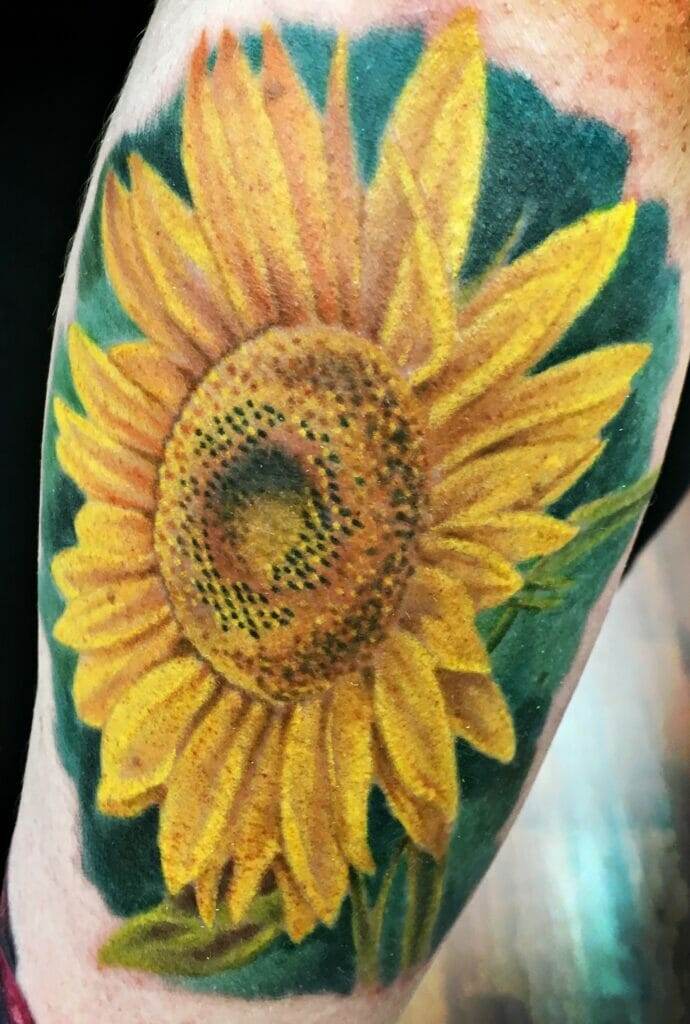
In the process of creating a hyperrealism tattoo, artists use various techniques to achieve a lifelike and three-dimensional appearance. One of the key aspects is working with layers and textures. The artist begins by creating a base layer that provides a foundation for the tattoo. This base layer sets the tone for the rest of the design and helps to establish the overall composition.
Once the base layer is established, the artist then starts adding details and textures to bring the tattoo to life. This involves using different shading techniques to create depth and create realistic texture effects. The artist carefully analyzes the reference image or design to identify the different textures present, such as skin, hair, or fabric. They then replicate these textures in their tattoo by using various needle configurations and techniques.
Using shading and highlighting techniques
Shading and highlighting are crucial elements in hyperrealism tattoos, as they contribute to the illusion of depth and dimensionality. Artists employ different shading techniques, such as stippling, cross-hatching, or blending, to create smooth gradients and realistic shadows. This allows them to give the tattoo a three-dimensional appearance, making it appear as if the subject is coming to life on the skin.
Highlighting is another technique used in hyperrealism tattoos to enhance the realism and create a sense of light hitting the subject. Artists carefully study the reference image to identify the areas that would naturally catch the light and incorporate these highlights into their design. By strategically placing lighter shades of ink, the artist can create the illusion of reflective surfaces and enhance the overall realism of the tattoo.
In conclusion, creating a hyperrealism tattoo involves working with layers and textures to achieve a lifelike appearance. The artist carefully considers the different shading and highlighting techniques to create depth and dimensionality. By utilizing these techniques, artists can produce stunning tattoos that resemble real-life subjects on the skin.
Picking the Right Reference Image for Hyperrealism Tattooing
Selecting a high-quality reference image for the tattoo
When it comes to hyperrealism tattoos, selecting the right reference image is crucial. The artist relies on the reference image to capture every detail and replicate it on the skin. It is important to choose a high-resolution image that provides clear and sharp details, ensuring that the final tattoo is as realistic as possible.
Discussing modifications and customizations with the artist
Once a suitable reference image is chosen, it is essential to discuss any modifications or customizations with the artist. This step allows the client to bring their personal touch to the design, ensuring that the tattoo reflects their individuality. The artist can provide valuable insights and suggestions on how to adapt the image to the desired size, placement, or style of the tattoo. It is important for the client to communicate their preferences and expectations in order to achieve the desired hyperrealistic outcome.
In the process of hyperrealism tattooing, the artist uses various techniques such as working with layers and textures, shading, and highlighting to create a lifelike appearance. By working closely with the client and starting with a high-quality reference image, the artist can successfully bring the tattoo to life, capturing every detail and creating a three-dimensional effect. It is through careful planning and collaboration between the client and the artist that hyperrealism tattoos achieve their extraordinary level of realism.

